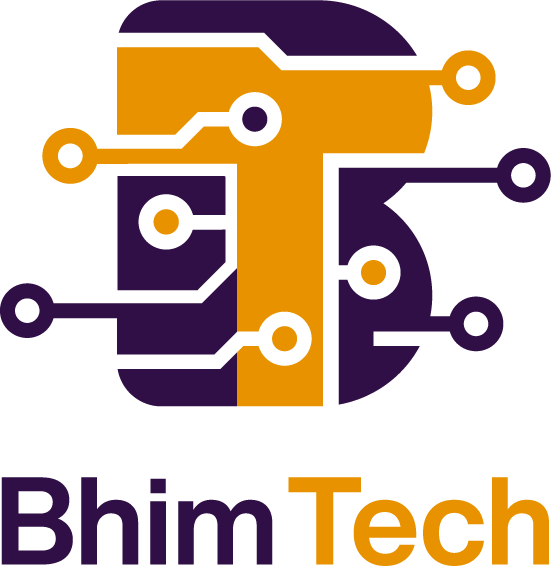“SEO” stands for search engine optimization, which is the practice of making a website more visible to users of search engines like Google. Any information that exists on the Internet and may be accessed therein is referred to as “content.” Consequently, combining these two ideas any content produced specifically to draw search engine traffic is mentioned to as SEO-friendly content.
The following things should be done in order to make your content SEO-friendly:
- Define and document search intent
Digging into searcher intent will help you validate and choose how to write about a primary keyword target once you’ve identified a practical candidate. Determine what the user is seeking when they enter a search term into a search box, and then address the subject in a way that specifically addresses their needs.
- Content organization
Logic should be applied while organizing the content on your website. In addition to improving SEO, this makes it simpler for website users to find further relevant information. It’s best if people stay on your site for a while like on the public health update site where people look for different related content inside.
- Update dated material
New content is given priority by search engines. As was already indicated, one of the most important aspects of content ranking is freshness. Rankings and traffic can significantly increase when outdated blog content is updated with better, more practical, and authoritative information. Ensure that the publish date is updated to allow search engines to re-crawl and re-index the content.
Get to Know Us!
At Bhim Tech, we love our blog post. Bishaws Shrestha is head of our content writing department. Bishwas holds degree in IT and Masters in English. He is passionate about writing and he can write just about everything.
- With On-Page Best Practices, Increase User Signals
Google has recently begun incorporating User Experience Signals into its search algorithms. These kinds of signals may be indirectly influenced by the way you employ HTML tags in your material.
The importance of employing the target keyword and LSI keywords in the title, meta description, headings, and the first 100 words of a piece of content should be understood by content authors because HTML tags are one of the first things search engines crawl to understand what your content is about. Using keywords in these HTML tags can enhance the user experience, bounce rate, dwell duration, and click-through rate. It has been established that better performance across a variety of these areas is connected with higher search engine rankings.
- Make short paragraphs
Make sure to keep your paragraphs brief as one important consideration.
The paragraphs should be logically organized and have their own ideas, but this does not necessarily mean that each sentence needs to begin on a new line. Use brief paragraphs only (about 2-3 sentences).
Utilize several formatting tools, such as the ability to add bullet points, highlight text, and alter the font. This makes it simpler for mobile users to read the text, which also makes it more interesting. You can check webtech Nepal or Bhim Tech for these types of content division.
- Image optimization
Incorporating and optimizing photos into your material is a fantastic approach to clearly communicating your points and enhancing the reader’s experience.
Google Images can understand a picture’s content to determine its relevance in search results even though it cannot read words contained inside the image. You must include correct Alt text as well as titles, captions, and filenames that are illustrative.
Although the ALT text is hidden from website viewers, search engines use it to better understand the subject matter of an image.
- Make your content mobile-friendly
Google now gives mobile-friendly websites a higher position, you must optimize your blog for mobile devices.
Because Google penalizes websites that are not mobile-friendly, it is crucial to have a responsive website design. DDC website is on of the example of mobile-friendly content site.
- Headline tags
Keep hierarchy in mind as you use your header tags. One H1 tag should be used for the title of a blog post and it should contain the target keyword. H2 tags should be used for the main sections and H3 tags for subsections.
Ensure that each of your header tags is distinct. Search engines and visitors may believe that you are offering the same content again if you utilize similar tags.
Conclusion
Content that search engines can easily understand is what we mean when we talk about SEO-friendly content. Your chances of obtaining a better rating in their search results increase the more information they can grasp about your page.
The uniqueness of the content, post title, summary, body text, internal linking structure, page appearance, authorship, small paragraphs, updating content, headline tags and photos are all crucial elements in SEO-friendly content.
Use the above tips to make your content SEO-friendly and get more traffic to your website. If you want your site to have a SEO- friendly content then visit the Bhim Tech page online or contact Bhim Tech at +977 9865430327.
Bhim Tech creates websites and fills SEO-friendly content for your web pages.

